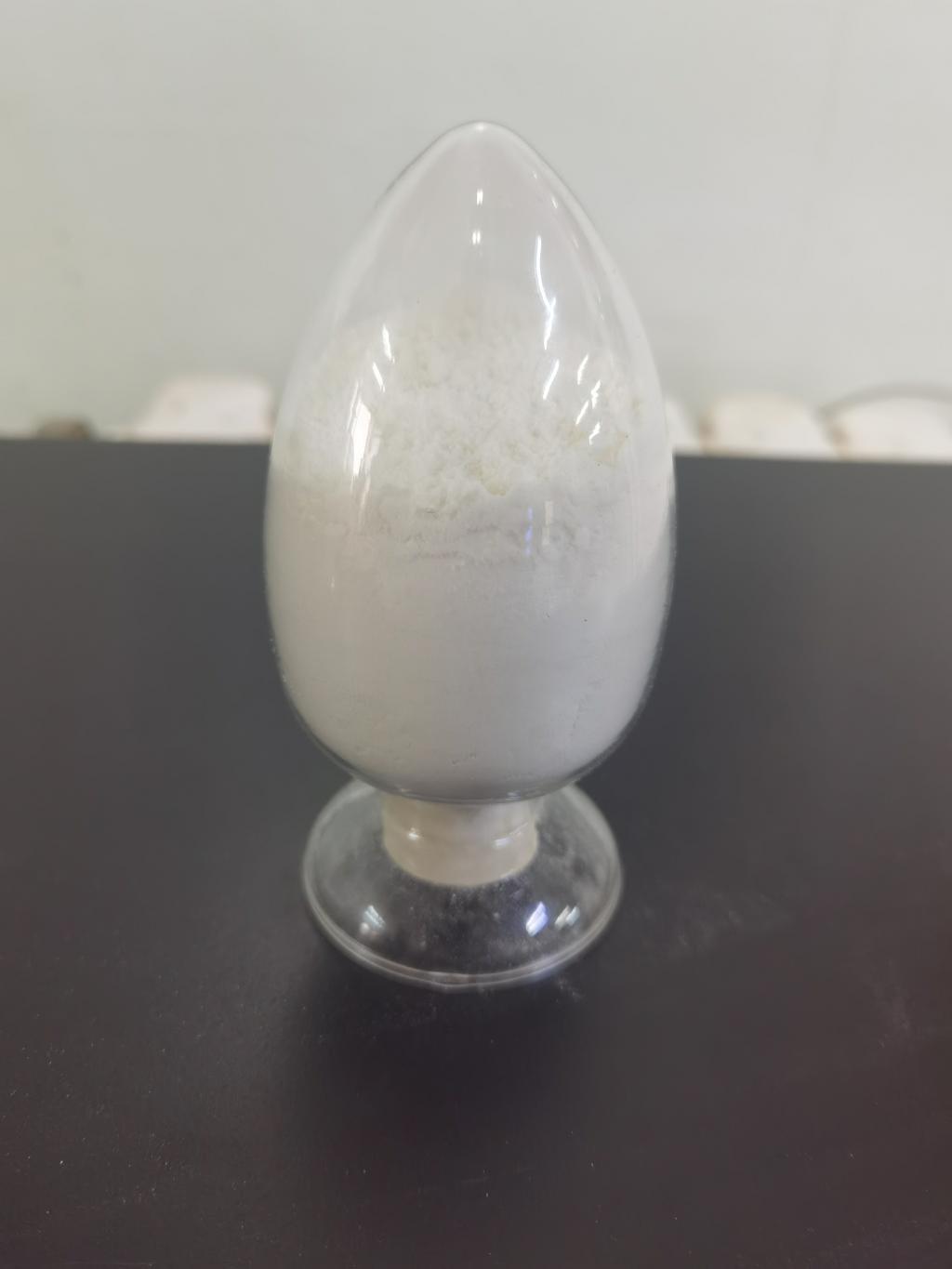Tel:+8618231198596

News
 CONTACT
CONTACT
 CONTACT
CONTACT
- Linkman:Linda Yao
- Tel: +8618231198596
- Email:linda.yao@dcpharma.cn
- Linkman:CHARLES.WANG
- Department:Overseas
- Tel: 0086 0311-85537378 0086 0311-85539701
News
A Greener Future: ε-Polylysine Hydrochloride's Contribution to Environmental Preservation
TIME:2024-02-04
Understanding ε-Polylysine Hydrochloride
1. Natural Origin and Production
Derived from bacterial fermentation, ε-Polylysine Hydrochloride is a biopolymer with a natural origin. The production process involves the cultivation of specific strains of bacteria, primarily Streptomyces albulus, and subsequent extraction of the compound.
2. Biodegradability and Environmental Compatibility
One of the defining features of ε-Polylysine Hydrochloride is its biodegradability. Unlike some synthetic counterparts, this compound naturally breaks down into harmless byproducts, minimizing its impact on ecosystems and reducing environmental pollution.
Environmental Challenges and the Need for Sustainable Solutions
1. Plastic Pollution
The widespread use of conventional plastics has led to severe environmental consequences, including pollution of oceans, rivers, and terrestrial ecosystems. Finding alternatives that are biodegradable and environmentally friendly is crucial.
2. Chemical Contamination
Chemical pollutants from industrial processes and agricultural runoff pose a threat to water bodies and soil health. Sustainable solutions are needed to mitigate the impact of chemical contaminants on ecosystems and biodiversity.
3. Resource Depletion
Excessive use of finite resources, such as petroleum-based products and non-renewable materials, contributes to resource depletion and environmental degradation. Shifting towards sustainable alternatives is essential for long-term environmental preservation.
ε-Polylysine Hydrochloride's Contributions to Environmental Preservation
1. Biodegradable Packaging Solutions
ε-Polylysine Hydrochloride's biodegradability makes it an ideal candidate for the development of biodegradable packaging materials. These materials can serve as alternatives to traditional plastics, reducing the environmental burden of non-degradable packaging.
2. Water Treatment and Remediation
The antimicrobial properties of ε-Polylysine Hydrochloride make it effective in water treatment applications. It can be utilized to control microbial contamination in water bodies, contributing to the preservation of aquatic ecosystems and ensuring the availability of clean water.
3. Biodegradable Agricultural Mulches
In agriculture, ε-Polylysine Hydrochloride can be incorporated into biodegradable mulches. These mulches, made from natural materials, help control weed growth, retain soil moisture, and eventually break down, enriching the soil without leaving behind harmful residues.
4. Alternative to Synthetic Additives
As a natural compound, ε-Polylysine Hydrochloride serves as a sustainable alternative to synthetic additives in various industries. Its use in place of conventional additives reduces the environmental impact associated with the production and disposal of synthetic chemicals.
Advantages of ε-Polylysine Hydrochloride for Environmental Preservation
1. Reduced Plastic Waste
The adoption of ε-Polylysine Hydrochloride in biodegradable packaging contributes to the reduction of plastic waste. As these materials break down naturally, they alleviate the burden of persistent plastic pollution on the environment.
2. Mitigation of Soil Contamination
In agriculture, the use of ε-Polylysine Hydrochloride in biodegradable mulches not only provides agronomic benefits but also mitigates soil contamination. The gradual breakdown of these mulches avoids the accumulation of non-biodegradable materials in the soil.
3. Water Quality Improvement
By controlling microbial contamination in water bodies, ε-Polylysine Hydrochloride supports water quality improvement. This is particularly significant for preserving biodiversity, protecting aquatic ecosystems, and ensuring the availability of safe drinking water.
4. Renewable Resource Utilization
The production of ε-Polylysine Hydrochloride relies on renewable resources, contributing to a more sustainable and circular approach to material sourcing. This contrasts with the reliance on finite resources often associated with conventional synthetic additives.
Challenges and Considerations
1. Optimizing Production Processes
Efforts are needed to optimize the production processes of ε-Polylysine Hydrochloride, ensuring efficiency and minimizing environmental impacts associated with cultivation and extraction. Sustainable production practices will enhance its overall environmental profile.
2. Scale of Adoption
The widespread adoption of ε-Polylysine Hydrochloride in various industries requires overcoming challenges related to scale. Collaborative initiatives, research, and market incentives can facilitate increased adoption and integration into mainstream practices.
3. Public Awareness and Acceptance
Educating the public about the benefits of ε-Polylysine Hydrochloride and its role in environmental preservation is crucial. Transparent communication regarding its applications and advantages will contribute to greater acceptance.
Future Prospects and Collaborative Efforts
1. Interdisciplinary Research Initiatives
Ongoing interdisciplinary research initiatives involving scientists, engineers, and environmental experts are essential. These efforts should focus on optimizing the applications of ε-Polylysine Hydrochloride across diverse industries, from packaging to water treatment.
2. Policy and Regulatory Support
Governments and regulatory bodies play a crucial role in promoting the adoption of environmentally friendly solutions. Establishing supportive policies and regulations that incentivize the use of ε-Polylysine Hydrochloride can drive positive change.
3. Collaboration Across Industries
Collaboration across industries, including agriculture, packaging, and water management, is necessary for the holistic implementation of ε-Polylysine Hydrochloride. Shared knowledge and resources can accelerate its integration into mainstream practices.
Conclusion
In the journey towards a greener and more sustainable future, ε-Polylysine Hydrochloride emerges as a valuable ally in the preservation of the environment. Its biodegradability, antimicrobial properties, and diverse applications position it as a versatile solution to address pressing environmental challenges. From mitigating plastic pollution to improving water quality and promoting sustainable agriculture, ε-Polylysine Hydrochloride showcases the potential of natural compounds in fostering environmental preservation. Through continued research, collaborative efforts, and a commitment to sustainable practices, ε-Polylysine Hydrochloride holds the promise of contributing to a world where ecological balance and human activities coexist harmoniously, paving the way for a greener and healthier planet.
- Tel:+8618231198596
- Whatsapp:18231198596
- Chat With Skype







